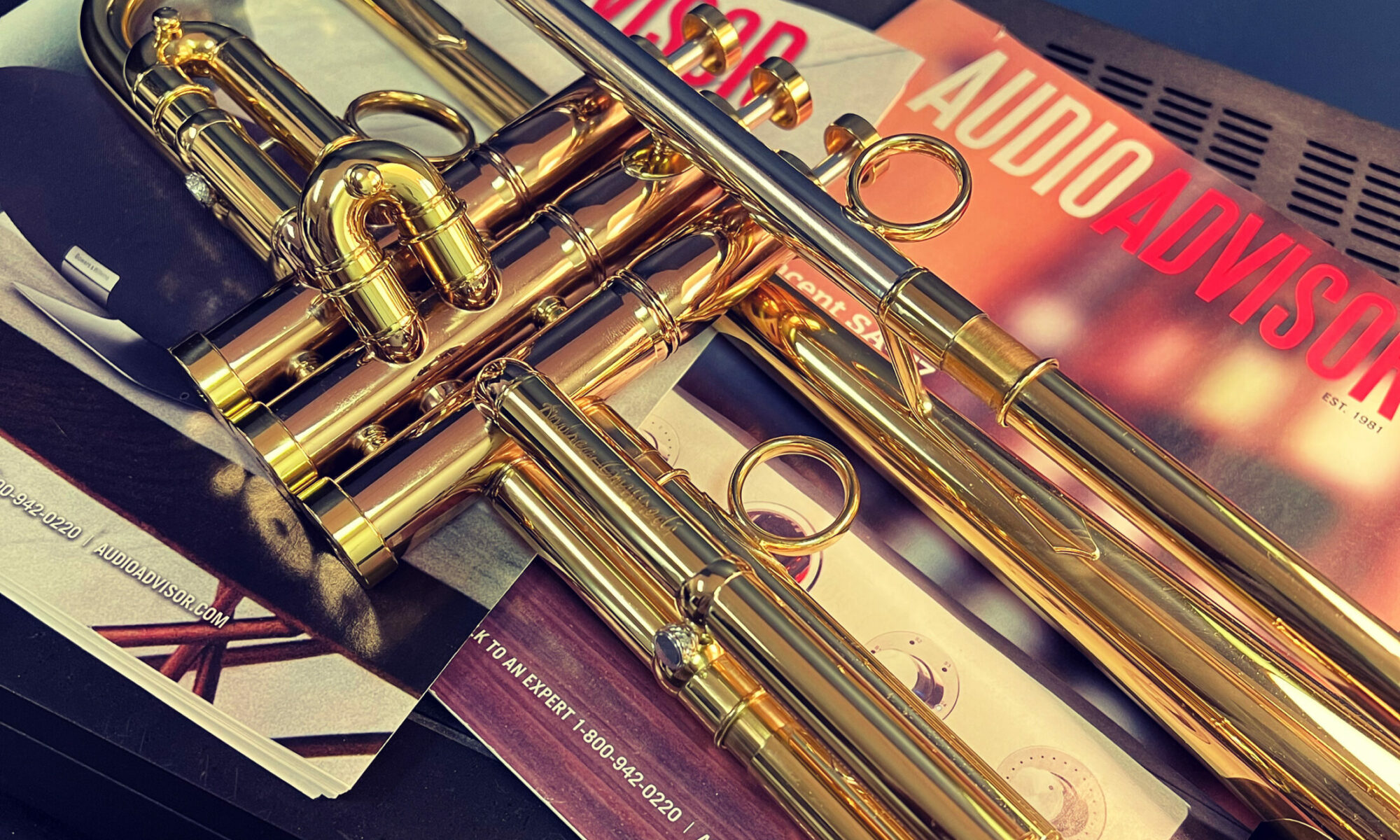Overblowing is an issue encountered by many brass players. Often, it is the result trying to hear one’s self in a large or amplified ensemble. The player pushes his/her volume higher and higher, past the point of their instrument’s physical limits at which point a spread, distorted sound replaces a centered, focused sound. At first, the distorted sound forms a “halo” around the player, giving aural feedback of really “filling the room” or “cutting through”. This lasts only as long as the player’s chops hold out, often no more than a few minutes.
Why do we overblow? As stated above, most of the time someone is trying to be heard above a large or amplified ensemble. Ok, fine, but what is the real reason?
Many brass players have no idea of what they sound like on the other side of the bell. Tone quality, volume, and timbre are some factors to consider when dealing with the “other side”. Trumpets are/were built to be heard over great distances and have many design characteristics to achieve a colorful, resonant sound. Most of the sound produced quickly moves away from the player, leaving a distorted silhouette behind. This, along with some body resonances is what the player hears and most often identifies as “their sound”. Have you ever recorded your voice and played it back? Most people are surprised at what they sound like when they hear it for the first time. This phenomenon is very similar to if not exactly what happens to your trumpet sound.
Most trumpets have a fairly concentrated sound with a sound projection pattern similar to a typical spotlight. The sound within the “beam” is very intense, rich in overtones, and can travel great distances with little drop in intensity. This occurs at every dynamic except for the extremes. Very soft playing often doesn’t “energize” the trumpet (the player) enough to get the projection going, conversely very loud playing transforms the sound projection pattern more akin to a floodlight. Up close the sound is large and intensity is present, but falls off rapidly due to the spread nature of the projection. The wide projection pattern reaches the player’s ears (halo) much easier than the focused, “spotlight” pattern, but the inverse is true for the audience. The concentrated “spotlight” beam will cut through a 110 piece orchestra (or an amplified band) and require less playing effort (volume). This is where trust comes in to the equation.
If a brass player can just relax, play his/her instrument comfortably, and get used to having less aural feedback (especially in a large or amplified ensemble) he/she can virtually guarantee that they will be heard. Simple enough, right? This, of course, all depends on whether the brass player has solid fundamentals and is capable of producing a mature sound……………………future topic perhaps?
